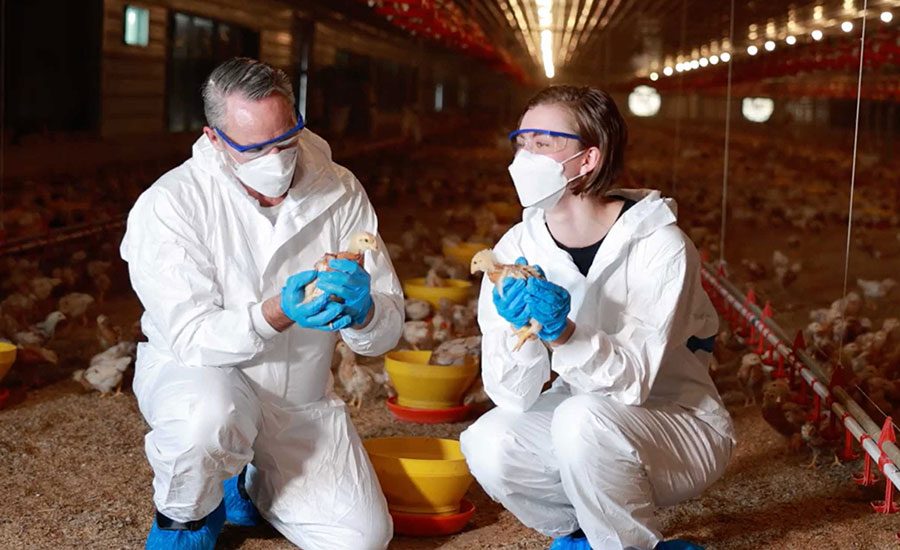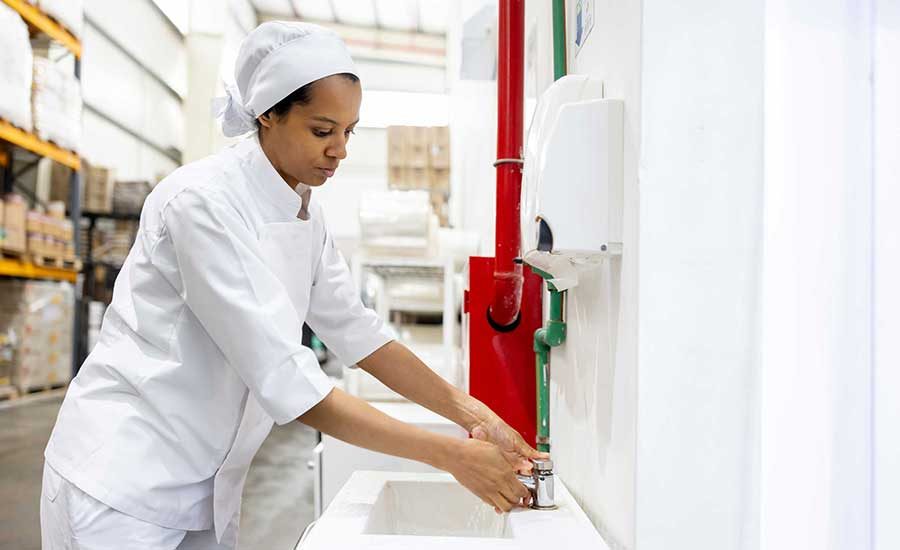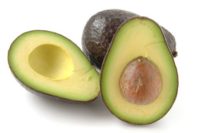The Canadian Food Inspection Agency (CFIA) uses targeted surveys to focus on high risk activities in relation to food safety. Results from these surveys help the agency to prioritize food safety initiatives from greatest concern to those of lesser concern. These surveys help to identify new and emerging food hazards, human health risks and potential contamination issues.
Because leafy herbs have been named in a number of foodborne outbreaks worldwide in recent years, the Food and Agricultural Organization of the United Nations and the World Health Organization have ranked leafy herbs as the highest priority of concern among all fresh fruits and vegetables in terms of microbiological hazards. Leafy herbs can easily become contaminated with foodborne pathogens by way of infected animals, improperly composted manure, or contaminated irrigation water during primary production. Contamination can also occur during harvest, post-harvest handling, packaging and distribution by infected handlers and/or poor hygiene practices. Contamination is easily passed on to the consumer because leafy herbs are primarily eaten in their raw state.
These are the reasons why leafy herbs were chosen as one of the priority food groups to undergo enhanced surveillance by the CFIA. In 5 years (2009 through 2014), 2,472 leafy herb samples were collected from various retailers in Canada. All samples were tested for the presence of pathogens, specifically Salmonella, Shigella, Escherichia coli (E. coli) O157:H7/NM (non-motile), and Campylobacter, as well as generic E. coli (an indicator of fecal contamination) for leafy herbs available in the Canadian market. The 5 years of sampling have revealed that:
- 99.5 percent of samples were “satisfactory”
- 0.3 percent were “unsatisfactory” (one sample with Salmonella; seven samples with high levels of generic E. coli)
- 0.2 percent had elevated but marginally acceptable levels of generic E. coli
Overall, the CFIA believes that the findings suggest that the majority of leafy herbs in the Canadian market are produced under Good Agricultural Practices and Good Manufacturing Practices.
The CFIA regulates and provides oversight of the industry, works with provinces and territories, and promotes safe handling of foods throughout the food production chain. However, the agency reiterates that the food industry and retail sectors in Canada are ultimately responsible for the food they produce and sell, while individual consumers are responsible for the safe handling of the food they have in their possession. Moreover, general advice for the consumer on the safe handling of foods is widely available. The CFIA will continue its surveillance activities and inform stakeholders of its findings.
The complete text of the report can be obtained via the CFIA by submitting an official request online.
Sign up for Food Safety Magazine’s bi-weekly emails!





